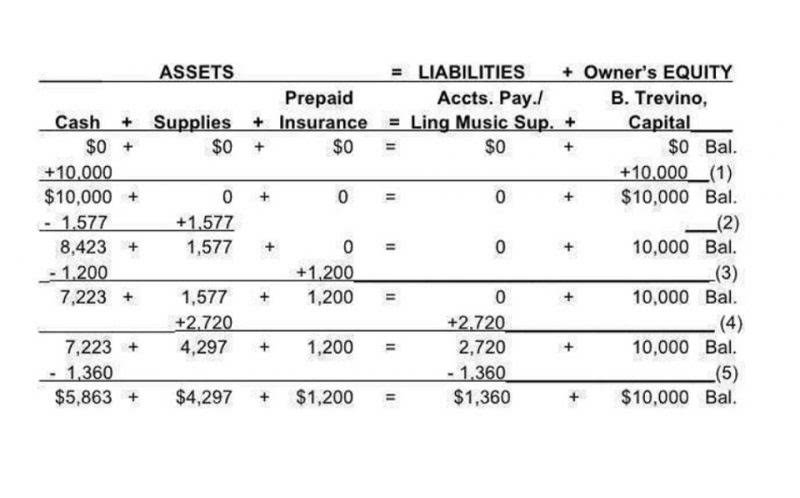Another important principle is the concept of cost behavior, which examines how costs change in response to variations in activity levels. Fixed costs remain constant regardless of production volume, while variable costs fluctuate with the level of output. Understanding these behaviors allows managers to predict future costs and make informed decisions about scaling operations.

A Consistent Balance Sheet
- Despite its advantages, fair value accounting is not without challenges.
- Cost accounting plays a crucial role in business decision-making and regulatory compliance.
- Next, we discuss some basic concepts of cost accounting and techniques used to process the cost data.
- The cost will be reported on the balance sheet along with the amount of the asset’s accumulated depreciation.
- For example, you could potentially undervalue your business or overlook your assets’ current values.
If asset market value is going down, then in the books, their value needs to be reduced by additional depreciation, amortization, or asset impairment. Cost Principle states that an asset should always be recorded at the original buying price or cost and not the perceived value. Therefore, any changes in the asset’s QuickBooks market value should not affect how they are represented on the balance sheet. This can be a little tricky if cash isn’t used in a transaction. Many companies trade in older work vehicles for new ones on a regular basis. In this case, the company would record the cost of the new vehicle as the amount paid in cash plus the cash value of the trade-in vehicle.
What is an Asset?
A long-term asset that will be used in a business (other than land) will be depreciated based on its cost. The cost will be reported on the balance sheet along with the amount of the asset’s accumulated depreciation. Further, the accumulated depreciation cannot exceed the asset’s cost. This is a practical method cost principle of accounting of accounting when considering depreciation and its effects on the business. It allows the value of an asset to remain the same over its useful life. This is a great thing for any assets that may depreciate over time.

Google acquisition of YouTube
- Otherwise, it doesn’t fit into the cost principle accounting model.
- Under the cost concept of accounting, all the assets are recorded at the original cost irrespective of market value.
- This is because the price you purchased an asset at may not be the fair market value to another person.
- Despite its numerous benefits, the Cost Principle presents challenges such as addressing asset revaluation during inflationary periods, managing intangible assets, and navigating complex transactions.
- This subjectivity can lead to inconsistencies and potential manipulation, as different accountants might arrive at different valuations for the same asset.
- Well-organized cost accounting helps in keeping the reports fair & go-to.
- For example, inventories are valued at the lower of cost or current replacement value.
Thus, the cost http://shop.signaturesol.com/1800accountant-llc-ratings-reviews-and-complaints/ concept provides greater objectivity and greater feasibility to the financial statements. A cost principle concept revolves around a significant aspect, which requires companies to record the prices of the assets that is equal to what their actual cost was at the time of purchase. This cost is not adjusted to any expense, be it the improvements done, or depreciation occurred.
Cost Concept of Accounting Features, Advantages and Limitations
- It explains the fundamentals of cost accounting, why these principles matter, and how companies use them to reduce waste, improve productivity, and make better decisions.
- It is argued that accountants are practical men who have to deal with practical problems, and so they have a tendency to avoid the somewhat speculative area of accounting for unrealized gains.
- They help businesses make sound financial decisions, set prices, and run efficiently.
- For instance, real-time data analytics enable managers to monitor costs continuously and make timely adjustments, enhancing their ability to respond to market changes and operational challenges.
- This is particularly true for businesses with diverse and ever-changing product lines and those that are invested in volatile securities.
- When using the cost principle accounting method, none of them are taken into account.
We are committed to providing trustworthy advice for businesses. Learn more about our full process and see who our partners are here. If a manufacturing company buys machinery for $50,000, the cost principle mandates recording the machinery at its original cost of $50,000 on the balance sheet.

